Bernie Madoff
Wall Street bigwig Bernie Madoff became infamous about five years ago when a fraudulent securities operation he was running collapsed and cost his investors, including hospitals and charities, $17.3 billion. While Madoff’s crime may have been the largest-ever scam of its type, he certainly didn’t invent the method–he ran a Ponzi scheme, named for 1920s swindler Charles Ponzi. Nor was the Madoff scandal by any means the greatest damage a single individual has ever done to an economy – while those billions were a relatively small share of the $14.2 trillion GDP of the United States in 2008, other crises set off by one person ruined whole countries for years. Here are the stories of Ponzi and three others who brought down economies by sheer force of will.
Forget Wall Street. Meet the other economic wolves of history:
Charles Ponzi
Italian-born Carlo Pietro Giovanni Guglielmo Tebaldo Ponzi immigrated to Boston in 1903 as a broke 21-year-old. He fell in with fraudsters working at a Montreal bank that preyed on other Italian immigrants, did prison time for smuggling people across the US border, and corresponded with gangsters.
His big break came after yet another failed venture–by chance, he opened a letter from a  Spanish company inquiring about a catalogue he started that had gone bankrupt, and saw an international reply coupon was enclosed. Ponzi realized that the reply coupons, which were redeemed to pay the cost of international postage, could be bought cheaply in Italy given post-World War I inflation and then resold stateside. Ponzi made the audacious claim that he could double an investment in 90 days, and thus the first-ever Ponzi scheme was born.
Spanish company inquiring about a catalogue he started that had gone bankrupt, and saw an international reply coupon was enclosed. Ponzi realized that the reply coupons, which were redeemed to pay the cost of international postage, could be bought cheaply in Italy given post-World War I inflation and then resold stateside. Ponzi made the audacious claim that he could double an investment in 90 days, and thus the first-ever Ponzi scheme was born.
He bought out the bank he was storing his profits in and convinced his investors not to cash out, while in fact running his business at a huge loss. When reporters discovered that Ponzi’s claimed profits were impossible–among other things, only 27,000 reply coupons were even in circulation even though Ponzi had supposedly sold 160 million of them to his customers–the bottom dropped out, causing the collapse of five banks and the loss of $20 million in investments. That’s the equivalent of about $334 million today.
Related Article: Does Studying Economics Make You a Bad Person?
Nero
The last Julio-Claudian emperor of Rome’s name is a byword for excess even today. The true stories about him are just as wild as the myths and rumors.
Nero schemed to murder his mother by collapsing her bedroom ceiling and having her ship sunk before finally sending an assassin to finish the job with a dagger. He kept the notorious poisoner Locusta on retainer, participated in chariot races and poetry competitions where he bribed the judges to make him the victor, and threw orgies in which he dressed in a wolf skin and frothed at the mouth, clawing and slashing at his guests.
Most infamous of all is the tale about how he “fiddled while Rome burned,” which is now a proverb for frivolous inaction in the face of disaster. The fact is the violin hadn’t been 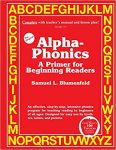 invented yet, but he likely played the lyre as he watched the blaze, and, perversely, sang a song about the destruction of Troy.
invented yet, but he likely played the lyre as he watched the blaze, and, perversely, sang a song about the destruction of Troy.
Christian insurgents were long blamed for the fire. The emperor subjected many adherents of the new religion to show trials before crucifying them or burning them at the stake. However, it is much more likely he organized the arson himself.
While ten percent of Rome was in ashes, and thousands of people had lost all their possessions, Nero’s post-fire urban redevelopment plan incidentally included a lavish new palace for himself. It was spread over hundreds of acres and capped off with a colossal golden of statue of himself. To pay for this, he imposed crushing tributes (basically a form of tax) on the provinces, thus spreading the financial devastation far afield from the Mother City.
These policies debased the value of Roman gold and silver coinage, and the actual precious metal content in each coin was slashed by 12 to 15 percent. All in all, a conservative estimate for the value of the Roman treasury he depleted is about $4 billion in today’s money. Not for nothing is Nero often identified with the Antichrist in the Book of Revelation–“Neron Kaisar,” the Greek spelling of his name, adds up to 666 in Jewish numerology.
Jay Gould
A dilettante of the first order, Jason “Jay” Gould was involved in the blacksmithing and tanning businesses and had been a surveyor, mathematician, and historian before becoming involved in the booming field of railroad speculation in the 1860s. His dealings with the monumentally corrupt New York political boss, William Tweed of Tammany Hall, made him infamous as a robber baron, and Thomas Nast pilloried him in his political cartoons. But his partnership with similarly unscrupulous financier “Diamond Jim” Fisk sealed Gould’s reputation as one of the all-time villains of American capitalism.
After the Civil War, the United States government began selling public debt en masse to finance the reconstruction of the South. In a pre-fiat money era, the debt notes were backed by gold. Gould and Fisk saw an opportunity to corner the gold market and thus profit directly off Uncle Sam. Gould bought up gold starting in summer 1869 and refused  to sell any of it, driving up prices. He had President Ulysses Grant’s brother-in-law convince the president not to sell off government gold yet, and US Assistant Treasurer Daniel Butterfield agreed to tell Gould precisely when the Treasury Department would put the gold on the market.
to sell any of it, driving up prices. He had President Ulysses Grant’s brother-in-law convince the president not to sell off government gold yet, and US Assistant Treasurer Daniel Butterfield agreed to tell Gould precisely when the Treasury Department would put the gold on the market.
On September 24, gold prices were 30 percent higher than when Grant became president,

Reading from Alpha-Phonics
and Gould and Fisk got their tip-off from Butterfield. They sold their reserves, and then the government gold was put up for sale, causing the price to nosedive from the massive supply increase, ruining thousands of investors in minutes.
The dizziest heights of Black Friday saw $20 Double Eagle gold pieces traded at $162 each; by the end of the day the premiums were almost nil, meaning the price of one coin fell $142. The $4 million in coins that the government put on the market thus caused $28,400,000 in lost investments, or about $490 million today.
Mansa Musa
The extraordinary thing about King of Kings Musa I of the Malian Empire, one of the richest people in history, is that for all the financial catastrophe he left in his wake, he might have been completely selfless in his intentions.
Musa was a royal advisor to his predecessor. He became king when the previous ruler went on an expedition to cross the ocean and never returned. A devout Muslim, Musa saw it as his duty to make the hajj, or pilgrimage to Mecca, in 1324. One of his titles was “Lord of the Mines of Wangara,” and from those mines and many others the Malians derived an almost inconceivable amount of gold.
Musa’s pilgrimage caravan included 60,000 companions, 12,000 slaves carrying 4 pounds of gold each, and 80 camels laden with 50 to 300 pounds of gold each. Five hundred of Musa’s servants also rode before him each carrying a 10.5 pound gold staff. Though Musa had more gold than he could have possibly spent on his journey, that didn’t stop him from making an effort.
He gave beggars huge ingots, overpaid at bazaars and tipped with fistfuls of gold dust. Musa also reportedly ordered a new mosque built for him to pray at every Friday. In addition, he made formal charitable donations of 20,000 ounces of gold – 1,250 pounds – each at Cairo, Mecca, and Medina.
The instantaneous and incalculable influx of gold into Cairo, Mecca, and Medina caused hyperinflation the likes of which had never been seen before or since and nearly impoverished all three great cities for over ten years. Assuming roughly equal distribution of the total gold load across all those aforementioned camels, Musa made at least 71,000 pounds of gold basically worthless by just plumb giving it away into climates that considered it scarce and valuable. This means in terms of gold devaluation alone the damage Musa’s pilgrimage caused amounted to $1.5 billion in modern money.
The Villains of Economic History
One crisis that is easy to solve and only costs a few dollars (Not Billions of $) is the U.S. reading crisis. A good, solid phonics reading program is the sure answer to preventing millions of children from becoming functional illiterates. One such leading program is ALPHA-PHONICS. It has been used  by tens of thousands of Parents, especially Homeschooling Parents to teach their OWN children to become excellent readers. Those parents found it easy and quick to teach their Children. They also found ALPHA-PHONICS very inexpensive. Below are LINKS showing you all about it:
by tens of thousands of Parents, especially Homeschooling Parents to teach their OWN children to become excellent readers. Those parents found it easy and quick to teach their Children. They also found ALPHA-PHONICS very inexpensive. Below are LINKS showing you all about it:



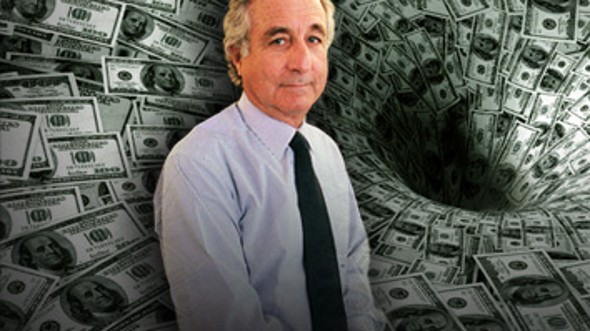
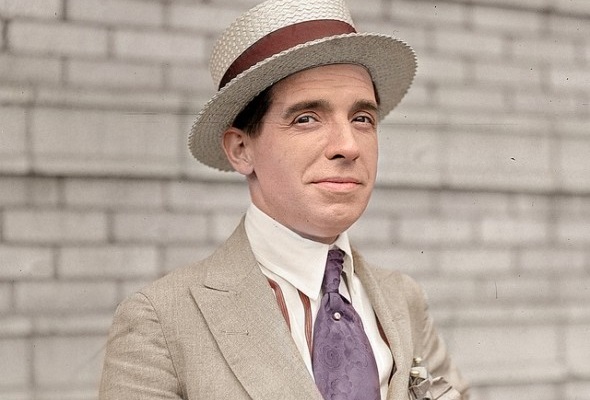
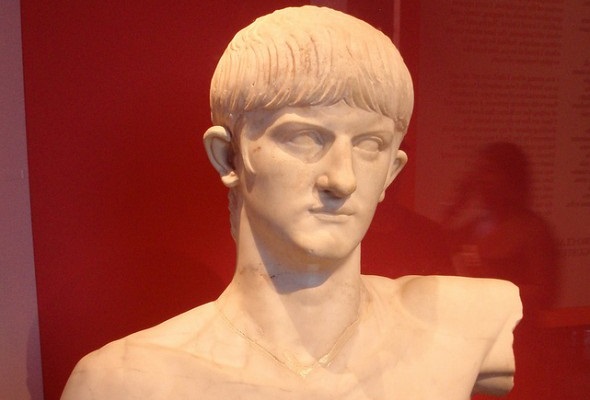
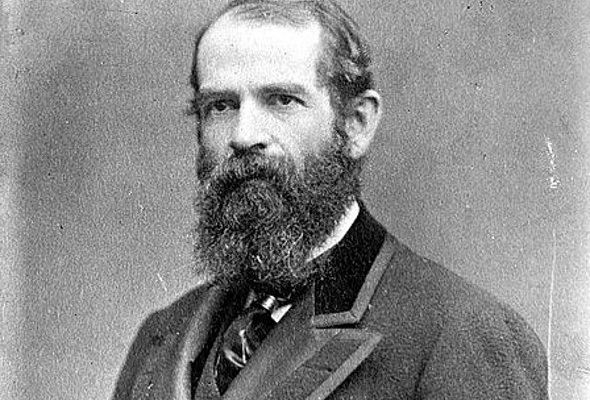
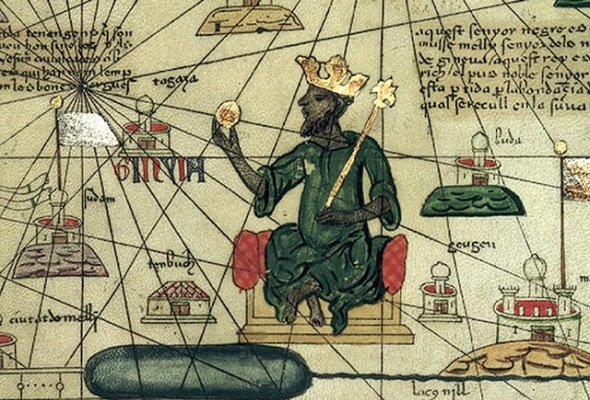

 Alpha-Phonics
Alpha-Phonics The Alphabet Song!
The Alphabet Song! Water on the Floor
Water on the Floor Alpha-Phonics the Book on CD Rom
Alpha-Phonics the Book on CD Rom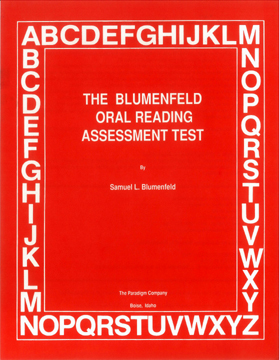 Blumenfeld Oral Reading Assessment Test
Blumenfeld Oral Reading Assessment Test How To Tutor
How To Tutor How To Tutor Cursive Handwriting Workbook
How To Tutor Cursive Handwriting Workbook